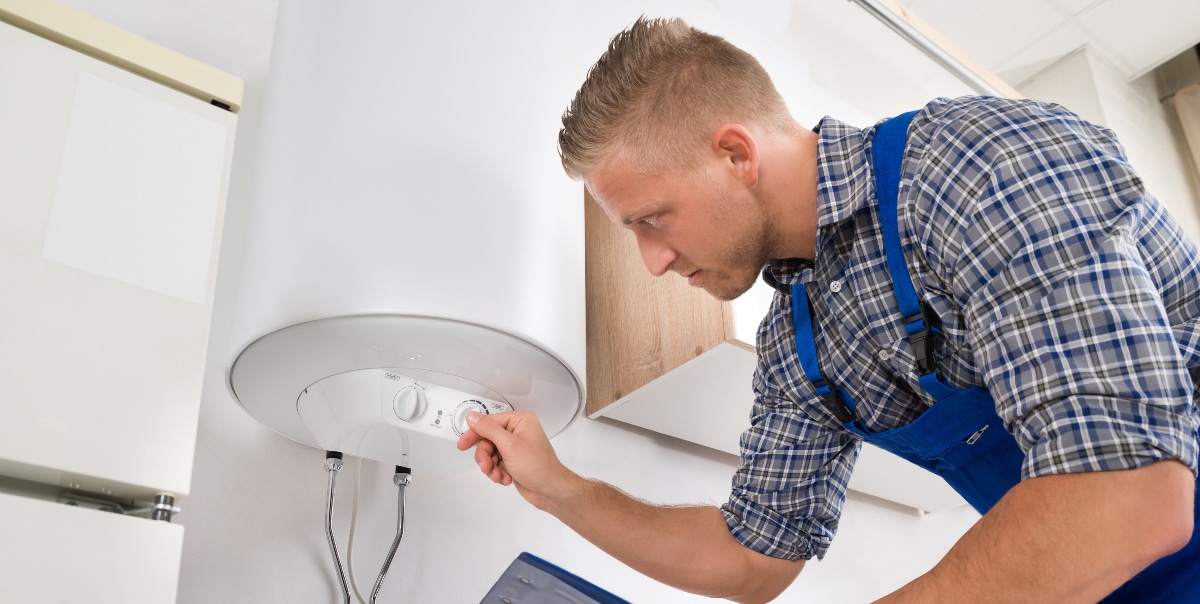The publisher is making a number of good points relating to Tips For Maintaining Your Hot Water Heater as a whole in this article down below.

Hot water is necessary for everyday comfort, whether it's for a refreshing shower or cleaning meals. To ensure your warm water system runs effectively and lasts longer, regular upkeep is essential. This short article gives functional suggestions and insights on exactly how to preserve your home's warm water system to stay clear of disturbances and pricey repairs.
Intro
Preserving your home's hot water system might appear overwhelming, yet with a few basic actions, you can guarantee it operates efficiently for many years to come. This overview covers whatever from understanding your hot water system to do it yourself maintenance pointers and knowing when to call expert aid.
Relevance of Maintaining Your Warm Water System
Regular upkeep not just prolongs the life-span of your hot water system yet likewise guarantees it operates effectively. Disregarding maintenance can cause reduced performance, higher energy costs, and even premature failing of the system.
Signs Your Warm Water System Needs Maintenance
Recognizing when your warm water system needs interest can protect against major concerns. Look out for signs such as irregular water temperature level, strange noises from the heating unit, or corroded water.
Understanding Your Hot Water System
Before diving right into upkeep tasks, it's helpful to understand the basic components of your warm water system. Usually, this consists of the hot water heater itself, pipes, anode rods, and temperature controls.
Monthly Upkeep Tasks
Normal regular monthly checks can assist catch small issues prior to they rise.
Flushing the Water Heater
Purging your water heater eliminates debris accumulation, boosting performance and lengthening its life.
Checking and Replacing Anode Rods
Anode rods stop deterioration inside the container. Evaluating and changing them when broken is crucial.
Checking and Changing Temperature Settings
Changing the temperature settings ensures ideal performance and security.
DIY Tips for Maintenance
You can perform several maintenance jobs yourself to maintain your warm water system in leading problem.
Checking for Leaks
Frequently examine pipelines and connections for leaks, as these can lead to water damages and greater expenses.
Checking Stress Relief Valves
Testing the pressure safety valve guarantees it works properly and prevents excessive stress build-up.
Protecting Pipes
Insulating warm water pipelines decreases warm loss and can save power.
When to Call a Specialist
While DIY maintenance is beneficial, some concerns need expert competence.
Complex Problems Needing Professional Help
Examples include major leaks, electrical issues, or if your water heater is constantly underperforming.
Regular Expert Maintenance Benefits
Professional upkeep can include thorough assessments, tune-ups, and making sure conformity with safety and security criteria.
Final thought
Regular upkeep of your home's warm water system is important for performance, durability, and cost financial savings. By following these ideas and knowing when to seek expert aid, you can make sure a dependable supply of warm water without unexpected interruptions.
How to Maintain an Instant Hot Water Heater
Before tinkering with your hot water heater, make sure that it’s not powered on. You also have to turn off the main circuit breaker and shut off the main gas line to prevent accidents. Also turn off the water valves connected to your unit to prevent water from flowing into and out of the appliance. 2. When you’re done, you have to detach the purge valves’ caps. These look like the letter “T†and are situated on either side of the water valves. Doing so will release any pressure that has accumulated inside the valves while at the same time avoid hot water from shooting out and burning your skin. 3. When the purge valves’ caps are removed, you have to connect your hosing lines to the valves. Your unit should have come with three hoses but if it didn’t, you can purchase these things from any hardware or home repair shops. You can also get them from retail stores that sell water heating systems. Read the user’s manual and follow it to complete this task properly. When the hosing lines are connected, open the purge port’s valves. 4. You should never use harsh chemical cleaners or solutions when cleaning your unit. Make use of white vinegar instead. It should be undiluted and you’ll probably use about 2 gallons. 5. Now flush your water heater. This task should probably take about 40 minutes. We can’t give you specific directions for this because the procedure is carried out depending on the type, model and brand of your heater. With that being said, refer to the user’s manual. 6. When you’re done draining the unit, you have to turn off the purge port valves again. Remove the hosing lines that you earlier installed on each of the water valves. Put the valve caps (purge port) back in their respective places and be very careful so as not to damage the rubber discs that are found inside these caps. 7. Now that everything’s back in place, check your user’s manual again to find out how to reactivate your water heating system. 8. Once it is working, turn one of your hot water faucets on just to let air pass through the heater’s water supply pipes. Leave the tap on until water flows smoothly out of it. https://www.orrplumbing.com/blog/2014/september/how-to-maintain-an-instant-hot-water-heater/

We hope you enjoyed reading our piece about Tips For Maintaining Your Hot Water Heater. Thanks so much for finding the time to browse our content. Appreciated our post? Please quickly share it. Help another person find it. I thank you for your readership.
Schedule Your Service